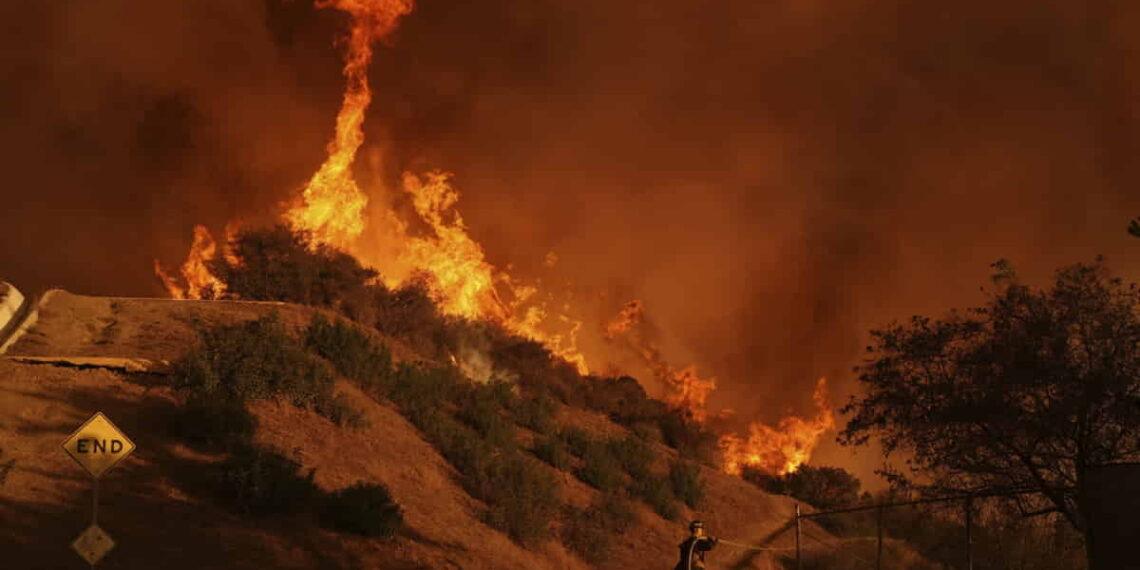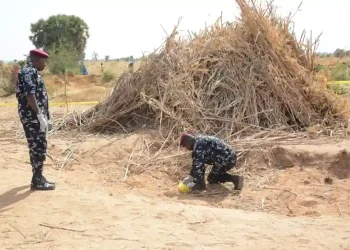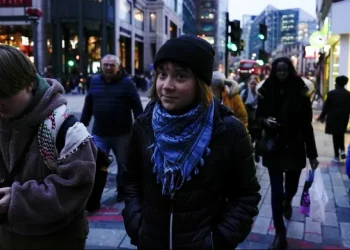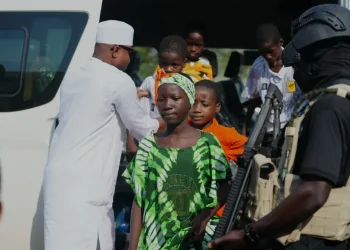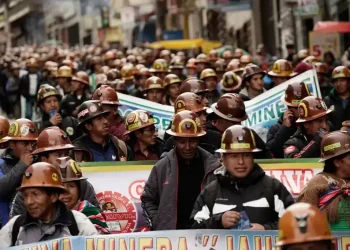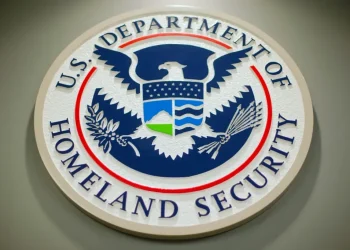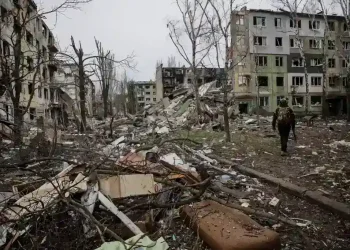Fires Devastate Los Angeles Schools and Outdoor Education Sanctuaries
Wildfires raging through Los Angeles have destroyed natural spaces and educational facilities, leaving families, schools, and communities grappling with loss. For many, these areas were more than just land; they were sanctuaries for learning, connection, and healing, especially during the challenges of the pandemic.
A Personal Refuge Turned to Ashes
For Irina Contreras, a program manager at the Los Angeles County Department of Arts and Culture, outdoor education became a lifeline during the pandemic. Her 7-year-old daughter, Ceiba, attended Matilija, a bilingual forest school, and participated in outdoor adventure programs like Hawks. These experiences were transformative, offering Ceiba a chance to connect with nature by hiking, climbing, swimming, and journaling about the environment.
One of her most cherished memories was discovering a hidden trail leading to a waterfall—a story Ceiba excitedly recounted for days. But now, many of these treasured spaces, including the 190-acre Eaton Canyon Nature Area near Altadena, have been scorched by fire.
“It’s about so much more than what she’s been learning,” Contreras said. “This loss is deeply personal for both of us.”
Widespread Impact on Schools and Communities
The fires have also burned schools, displacing students and staff alike. Odyssey Charter School in Altadena, attended by Miguel Ordeñana’s children, was among those damaged. Ordeñana, a senior manager of community science at the Natural History Museum, shared the emotional toll:
“The community has been devastated by the fire. Many of my children’s friends lost their homes, and we don’t yet know how the school staff has been affected.”
Even areas untouched by flames, like Griffith Park, are unusable due to hazardous air quality. The park, home to the iconic Hollywood sign and a hub for outdoor programs, remains inaccessible.
School Closures and Damage
As of Friday, all schools in the Los Angeles Unified School District, the nation’s second-largest, were closed due to heavy smoke and ash. Pasadena Unified School District also faced closures, with several campuses, including Eliot Arts Magnet Middle School, sustaining damage.
The California Department of Education reported 335 schools across Los Angeles, San Bernardino, Riverside, Ventura, and San Diego counties were closed, though it remains unclear how many will reopen Monday.
A Loss Beyond Structures
Eaton Canyon, a beloved site for field trips and outdoor learning, has been particularly hard-hit. Richard Smart, superintendent of the Eaton Canyon Natural Area, lamented the destruction:
“The wildflowers, shrubs, and the nature center are gone. This park was a touchstone for the community, a safe and accessible place for schools and families. Losing it feels indescribable.”
The park hosted over a thousand students annually, offering opportunities to learn about wildlife in a hands-on environment. “It was free, local, and a vital educational resource,” Smart said.
Healing Through Nature
As the fires continue, parents and educators are searching for ways to support children during this difficult time. Lila Higgins, a senior manager for community science at the Natural History Museum and author of Wild L.A., emphasized the importance of reconnecting with the land post-disaster.
“Learning from Indigenous caretakers of Los Angeles is crucial during fire recovery,” Higgins said. “Time in nature can lower heart rates, reduce blood pressure, and help children with ADHD feel more calm and focused.”
Outdoor spaces also nurture cognitive development, teaching children to form connections with animals, navigate trails, and understand human impacts on the environment.
Hope for the Future
Despite the devastation, there is optimism for recovery. Greg Pauly, co-author of Wild L.A. and director of the Urban Nature Research Center, expressed hope that areas like Eaton Canyon will once again welcome field trips and nature enthusiasts.
“This is the reality of modern Southern California,” Pauly said. “Fire changes the landscape and lives shockingly often, but nature has an incredible capacity for resilience.”
As the region begins to heal, the importance of preserving and rebuilding these spaces remains clear—not just for education, but for the wellbeing of the community.
This article was rewritten by JournosNews.com based on verified reporting from trusted sources. The content has been independently reviewed, fact-checked, and edited for accuracy, neutrality, tone, and global readability in accordance with Google News and AdSense standards.
All opinions, quotes, or statements from contributors, experts, or sourced organizations do not necessarily reflect the views of JournosNews.com. JournosNews.com maintains full editorial independence from any external funders, sponsors, or organizations.
Stay informed with JournosNews.com — your trusted source for verified global reporting and in-depth analysis. Follow us on Google News, BlueSky, and X for real-time updates.
